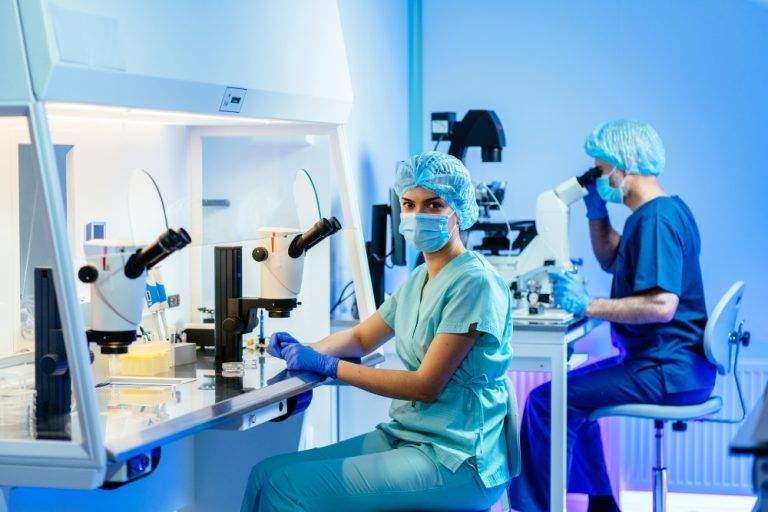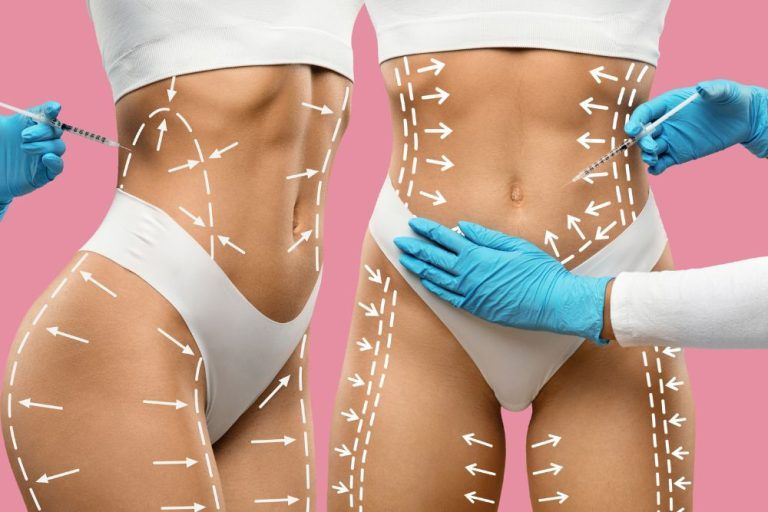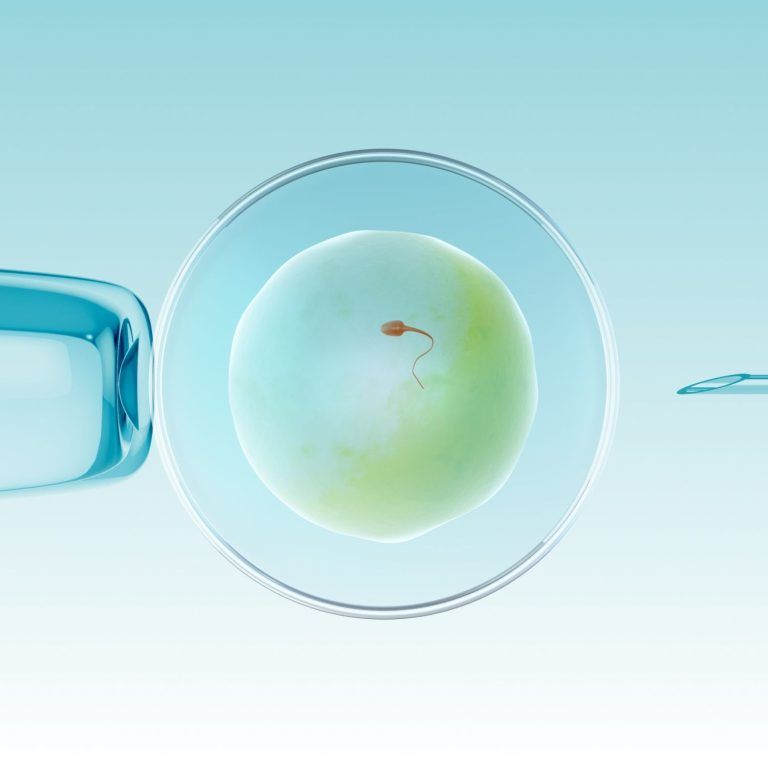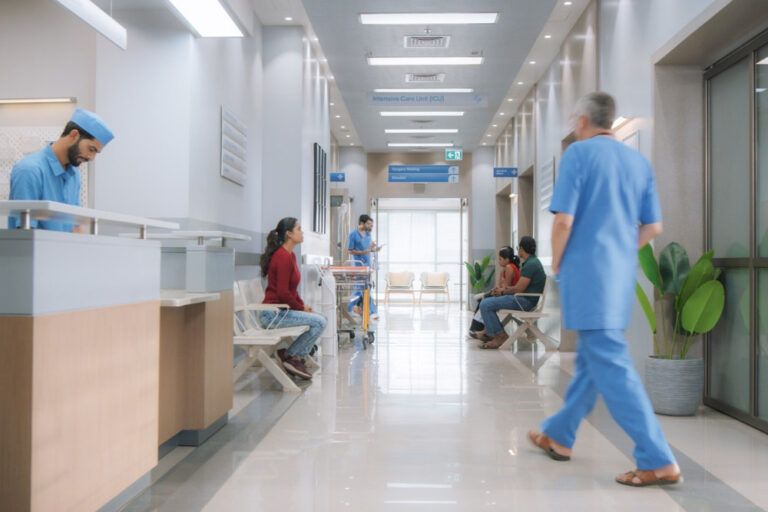17 June 2025
Unlock the secrets of health and beauty with our captivating blog
Explore expert insight, engaging stories and the hottest health and beauty news. Czech plastic surgeons, IVF specialists, eye doctors, gastro experts are ready to assist you.

Plastic Surgery Abroad? Why “Cheaper” Isn’t Always Better – And Why Prague Stands Out
Aesthetic surgery in countries like Turkey, Mexico, Thailand, or Tunisia is often advertised as a luxury experience for a fraction of the price. Flashy websites, hotel packages, and influencer endorsements create the illusion of safety and comfort. But behind the glossy surface, these offers frequently mask real risks — risks…
Newest articles

The Two-Week Wait After IVF: How to Stay Sane
The two-week wait (TWW) – the time between ovulation or embryo transfer and taking a pregnancy test – can feel endless. One moment you're full…

What to Do After a Failed IVF Cycle?
A Practical Guide to Your Next Steps. When, after weeks of preparation, injections, hopes, and waiting, the test comes back negative, the impact can be…

Embryologists: The Silent Heroes in the IVF Lab
When we talk about IVF, most people think of ultrasounds, hormone injections, and consultations with fertility doctors. But behind the scenes, in a quiet lab…

Anna’s Transformation with Royal Medical / Part 2
People tell me I look happier… and you know what? I am. If you’re thinking about making a change, just know – it’s okay to…

Maximize results, minimize recovery – but client safety always comes first
Feeling good in your own skin is not about perfection — it's about confidence, comfort, and living life without hesitation. For many people, that means…

Discover Anna’s Story

Czech Heroes: Who’s Behind the Global Success of IVF Treatment in the Czech Republic?
The first successful in-vitro fertilization (IVF) birth in Czechoslovakia took place on May 4, 1982. This milestone was achieved by Prof. MUDr. Ladislav Pilka, DrSc.,…

Smarter Surgery: Combined Aesthetic Procedures Explained
Sometimes, one surgical procedure isn’t enough to achieve the desired result. That's when a combined surgical approach comes into play – a carefully planned operation…

Let’s talk about lipedema! When it’s not just about the extra pounds
Many doctors mistake it for obesity or lymphedema due to similar swelling. Since BMI-based diagnoses dominate healthcare, patients are often told to “just lose weight”,…

How do I choose the right IVF clinic?
How do I choose the right IVF clinic? In ROYAL MEDICAL, we understand every aspect of treatment - from the medical to the psychological and…

Don’t wait for the “right moment”
Start today, and let us help you every step of the way.

Combined Plastic Surgery? Higher BMI?
Take advantage of the most competitive prices in Europe for combined plastic surgery procedures, performed by renowned surgeon Dr. Zuzana Jelínková. These extensive surgeries are…

Plastic Surgery Abroad? Why “Cheaper” Isn’t Always Better – And Why Prague Stands Out
Aesthetic surgery in countries like Turkey, Mexico, Thailand, or Tunisia is often advertised as a luxury experience for a fraction of the price. Flashy websites,…

The Two-Week Wait After IVF: How to Stay Sane
The two-week wait (TWW) – the time between ovulation or embryo transfer and taking a pregnancy test – can feel endless. One moment you're full…

What to Do After a Failed IVF Cycle?
A Practical Guide to Your Next Steps. When, after weeks of preparation, injections, hopes, and waiting, the test comes back negative, the impact can be…
Ask our medical experts
Curious about a medical procedure? Ask our experts and unlock the answers you seek. We are fluent in your language and will respond within 48 hours.